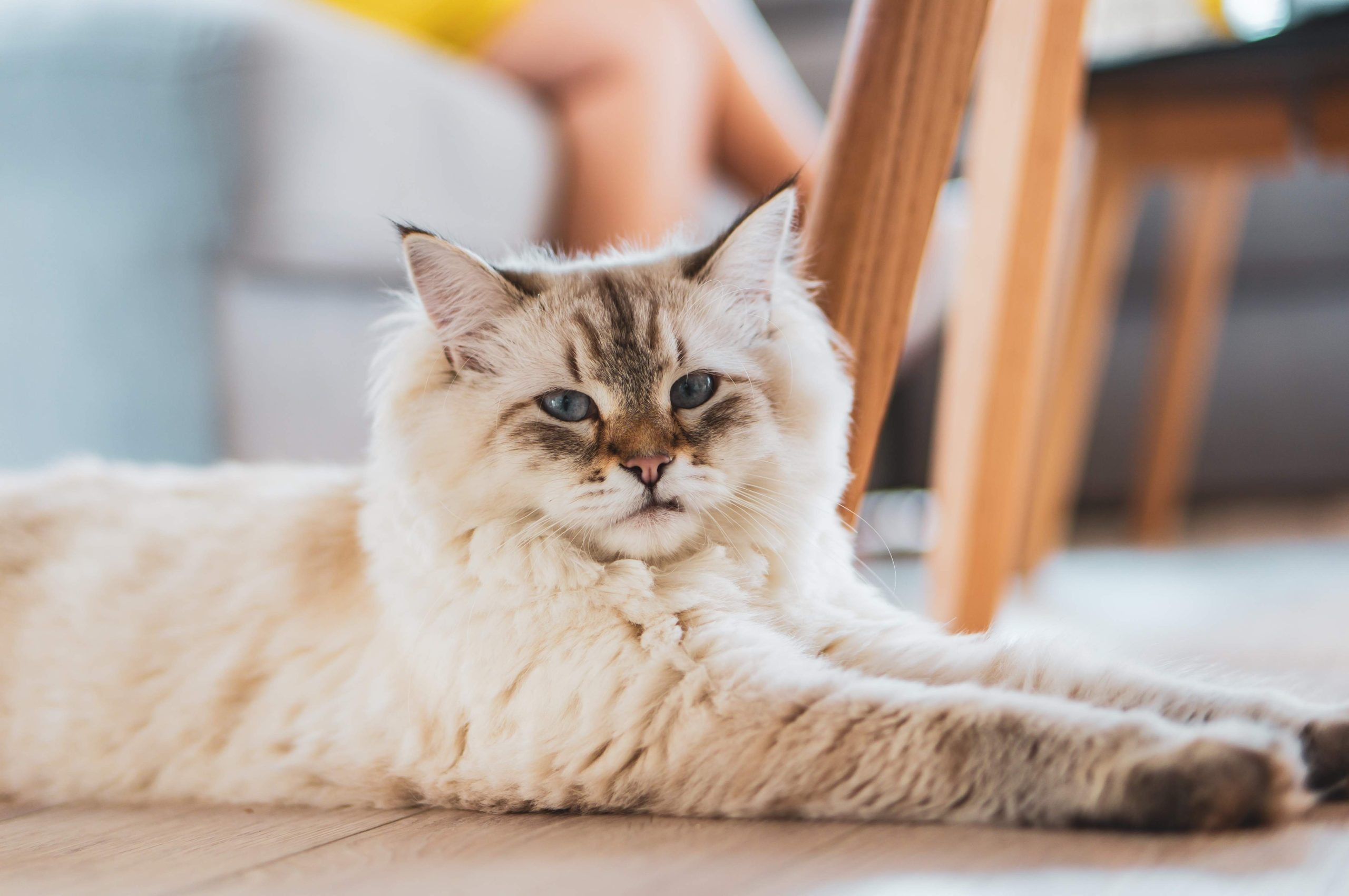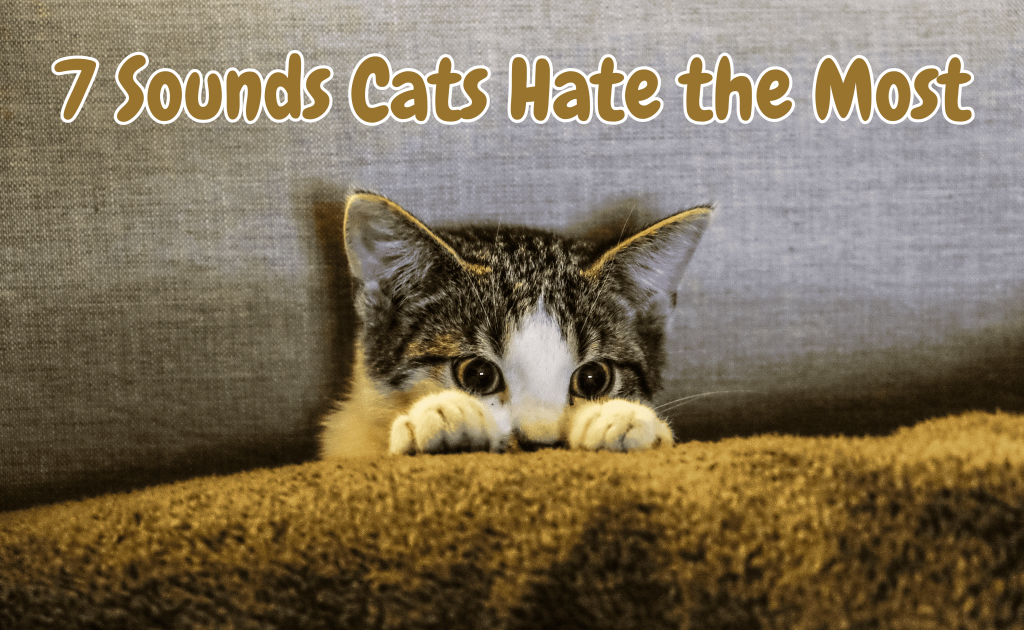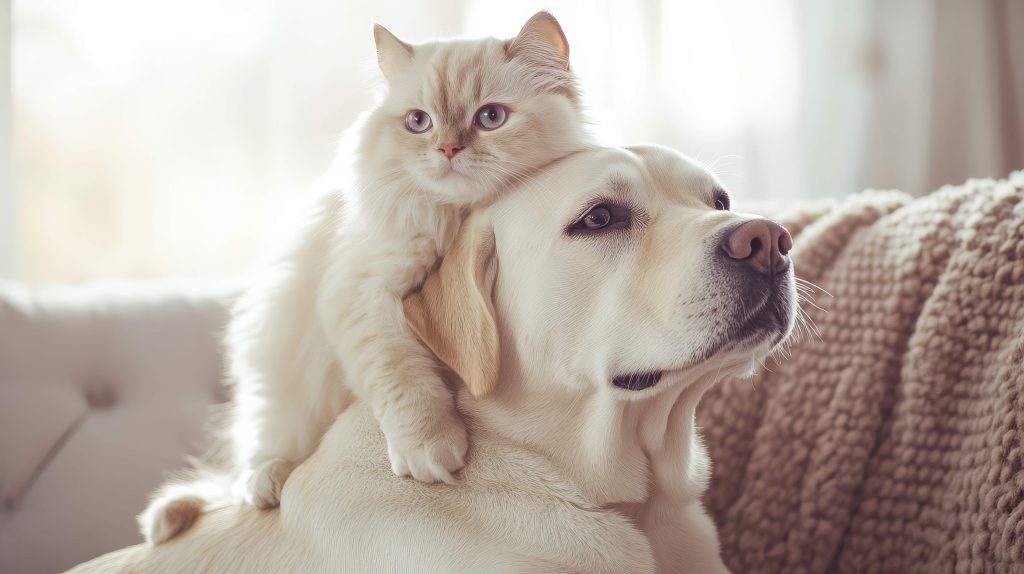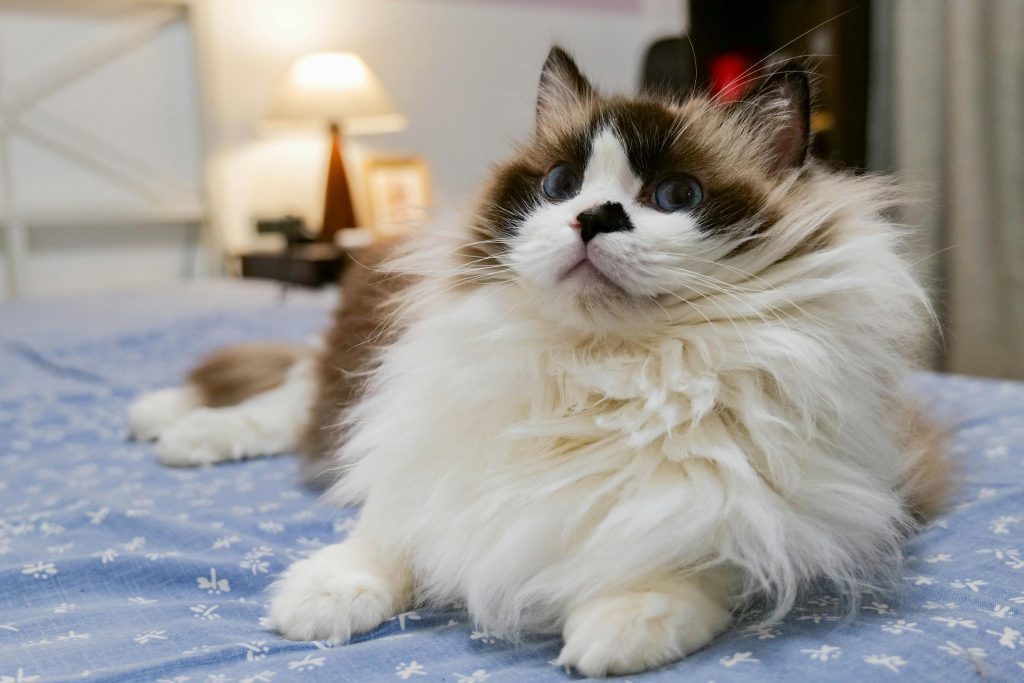Ragdolls require regular grooming to prevent matting at areas such as the armpits and behind the ears, high-quality food to maintain a healthy weight, and consistent veterinary care to address breed-specific health risks, including HCM.
They also thrive on companionship—long hours alone can leave them stressed. Think of them as luxury sedans: smooth, elegant, but needing steady upkeep.
Quick verdict: Ragdolls are moderate-maintenance, low-drama temperament, steady grooming, daily play, and regular vet “tune-ups.” If you can commit around 20–30 minutes a day to brushing, play, and bonding, you’ll be rewarded with a deeply affectionate, healthy companion who makes the effort more than worthwhile.
Understanding the Ragdoll’s Nature and Needs
A Ragdoll’s charm goes beyond their silky coat — it’s their dog-like devotion that wins hearts. Many will greet you at the door or quietly shadow you from room to room. But this deep attachment means emotional care is just as important as grooming. If you work long hours, plan ahead:
- Enrichment: puzzle feeders, climbing shelves, or a window perch with a view of trees or birds.
- Consistency: daily routines for play and grooming.
- Companionship: consider a calm second pet if your household is ready, or use a trusted sitter, cat camera, and timed feeders.
Their maintenance is about time, energy, and connection — not just costs. If you can meet both their physical and emotional needs, a Ragdoll will repay you with unmatched affection. Next up: grooming.
Grooming Routine – Exactly How Often and Which Tools
A Ragdoll’s medium-long, silky coat may look “maintenance-free,” but keeping it healthy takes consistent care. Their low undercoat means less matting than Persians, yet tangles still form—especially under the legs, underarms, behind the ears, at the ruff/chest, and at the tail base.
Aim for brushing 2–3 times a week (daily during shedding). Comb from the skin out, and if it tugs, hold the hair at the base to protect the skin. For stubborn knots, angle a detangling comb and lightly mist with grooming spray—never cut mats with scissors near the skin.
Your Kit: slicker brush (surface), 18–25-tooth steel comb (detangle), grooming spray (optional), nail trimmer, styptic powder, microfiber towel.
Other care:
- Nails: trim every 2–4 weeks.
- Teeth: brush 2–3×/week; schedule professional cleanings per vet advice.
- Ears: check monthly; clean with vet-approved solution if waxy.
- Eyes: wipe gently as needed with a damp cotton.
Bathe only for buildup, allergies, or show prep—about every 8–12 weeks max, or per vet guidance. To manage shedding, groom regularly, use lint rollers, and run a HEPA purifier.
Think of grooming as bonding time—three quick passes per zone (armpits, belly, tail base) keep your Ragdoll comfortable, mat-free, and looking their best.
Recommended Post
Dietary Requirements & Sensitive Stomachs
Ragdolls may be sturdy in size, but their digestion can be surprisingly delicate — a mix of purebred genetics and their tendency to drink less water. Feed a high-protein, moderate-fat diet with added omega-3 and omega-6 to support skin, coat, and digestion. Many thrive on a wet–dry combo:
- Morning: moisture-rich wet food for hydration.
- Evening: measured dry or freeze-dried raw for texture — but remember, kibble isn’t dental care, so include tooth-brushing or vet-approved dental chews.
Avoid onions, garlic, dairy, and heavy fillers like corn gluten or excess carbs. Switch foods slowly (Day 1–3: 75/25 old/new, then increase new food), and start portions at the label’s “maintain weight” range for a 10–15 lb cat, adjusting ±10% every two weeks based on rib feel and waistline.
Add a water fountain and mix a tablespoon of water into wet meals to boost hydration. Think of it as fueling a luxury sedan — the right nutrition keeps your Ragdoll’s health and beauty running smoothly.
You Might Also Like
Health Concerns – Vet Care and Preventive Measures
Ragdoll cats are prone to Hypertrophic Cardiomyopathy (HCM), kidney disease, and urinary tract issues—conditions that can be caught early with the right care.
Schedule annual check-ups (twice yearly for seniors or at-risk cats) and budget $330–$650/year for routine prevention—this covers vaccines, exams, and amortized dental cleanings, and excludes emergencies. Ask your vet about HCM screening (exam ± echocardiogram for breeding or at-risk lines) and annual urinalysis/renal values.
At home, do a quick monthly check:
- Weigh them
- Check gums and eyes
- Monitor appetite, litter box use, and water intake
- Resting breathing rate: aim for ~20–30/min while asleep
I watch for small changes—like the water bowl emptying faster than usual—that may signal trouble. Call your vet right away for open-mouth breathing or sudden lethargy. Think of vet visits as tune-ups for your Ragdoll’s long-term health.
You Might Also Like
Social & Emotional Needs
Ragdolls aren’t just affectionate — they’re socially dependent companions who often shadow you from room to room. Left alone too long, they can develop separation anxiety, showing signs like over-grooming, door-meowing, or destructive scratching. If you work long hours, plan for:
- Enrichment: puzzle feeders, window perches, climbing towers.
- Companionship: a calm second pet or trusted sitter.
- Connection: morning play, evening cuddle, and quiet bonding before bed.
Think of a Ragdoll like a loyal dog — they need daily interaction to stay happy. A bored Ragdoll isn’t just lonely… they’re a recipe for trouble.
You Might Also Like
Exercise and Play
Ragdolls may be calmer than Bengals, but low energy doesn’t mean no exercise. Without daily play, they risk weight gain, muscle loss, and joint stiffness—especially as indoor cats burn significantly fewer calories than outdoor ones.
Aim for two 10–15 minute sessions of gentle, prey-style play (feather wands, rolling balls, ribbon chases) to keep them fit and mentally sharp. For variety, rotate toys weekly, use puzzle feeders, and place cat trees near windows.
Tip: play before meals to mimic hunting instincts—Sarah’s Ragdoll, Jasper, lost two pounds in 3 months this way. Think of it as preventive healthcare wrapped in fun.
You Might Also Like
Are Ragdolls Low Maintenance in Any Way?
Yes — but only in specific ways. Ragdolls are calmer than many breeds, which means fewer chaotic zoomies, easier vet handling, and generally reliable litter habits (with a large, low-entry box). They adapt well to indoor living and don’t have a strong prey drive, so apartment life works—if you enrich it.
You’ll likely save time on behavior management: less curtain climbing, fewer surprise “gifts.” But “calm” isn’t “care-free”—they still need:
- Daily play (2×15 min)
- Routine grooming
- Social time to stay happy
Think “low-drama,” not “low-care.” Meet their predictable needs, and the rest feels easy.
Cost of Care – Is It Higher Than Other Breeds?
Owning a Ragdoll often costs ~10–25% more than a typical domestic shorthair, mostly due to their larger size, slower maturity, and slightly higher routine vet care needs—not because they’re “luxury” pets.
Expect annual basics of: Food $300–$500, Litter $150–$300, Routine Vet Care (exams + vaccines) $180–$350, Dental (amortized) $150–$300, and Insurance $275–$400 (optional). That works out to about $90–$150/month, with the high end more likely in big metro areas.
Formula I use once a year: Monthly cost = (Food + Litter + Routine Vet Care + Dental ÷ 12 + Insurance/Savings + Enrichment) ± Location Factor.
Set aside $300–$500 as a starter emergency fund (or insurance deductible). Some months will run high on food and low on vet bills, but it still balances out over the year. The smartest splurges? Quality food and preventive vet care—both save far more than they cost over your Ragdoll’s lifetime.
You Might Also Like
Final Thoughts
Choosing a Ragdoll isn’t about high vs. low maintenance—it’s about fit. These gentle, calm cats thrive with owners who enjoy daily bonding, regular grooming, and structured play.
They do best in indoor-friendly homes with vertical spaces and soft lounging spots, making them a great match for homebodies, families with gentle children, or people who work from home.
They may be less ideal for busy professionals, frequent travelers, or allergy-sensitive households. Quick fit check:
- I can give ~20–30 min/day to brushing + play.
- I’m OK with regular grooming + nail trims.
- My home suits an indoor, companion-oriented cat.
Already own a Ragdoll? Share your daily routine in the comments—your tips help other owners.
Founder of Cats Question, a veterinarian (DVM), and lifelong cat enthusiast with hands-on experience in feline care. Passionate about helping cat owners through expert-backed, compassionate advice inspired by years of living and learning alongside cats.






